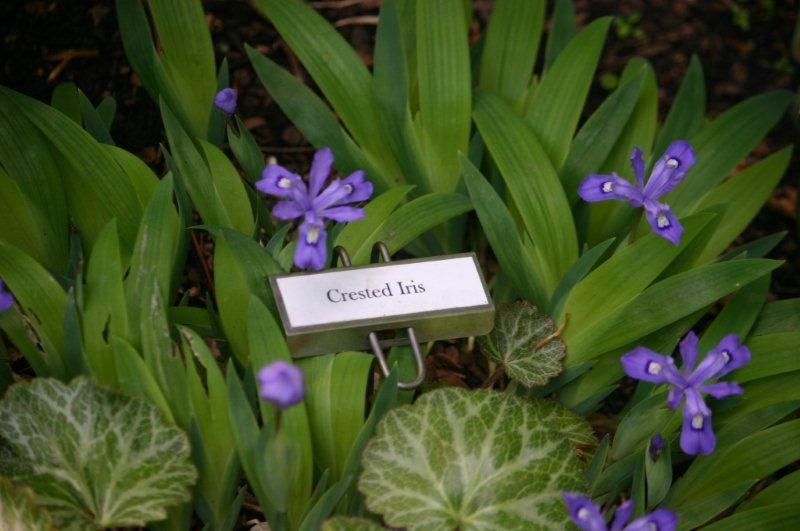Whatever you call them – plant marker, plant tag or plant label – the end result is the same: You can organize, remember and share information about your flowers or garden plants with a plant identification system.
The options for ways to mark plants are almost as numerous as your iris or rose varieties, with plant labeling being a very trendy activity for serious garden enthusiasts and hobby gardeners. Neatly organizing your garden with plant markers takes the guesswork out of your records as you try to remember which variety works best for you, and helps you share (or brag!) about your great garden success with neighbors and friends.
As you’re considering ways to mark plants, here are some key points to help you:
1. Look for a down-to-earth plant marker (pun intended!) that truly gets the job done. Trendy, decorative styles are fun for a simple potted plant or a bit of whimsy here and there, but let’s face it – you want to label your gardens once and get back to the nitty-gritty of helping them grow. Look for100% stainless steel, rather than metal and steel blends for utmost rust-resistance and long-term reliability. Stainless steel markers are hands-down the workhorse of the plant tag industry, and for good reason: they last and last without corrosion or bending.
2. Read between the lines: The plant markers you choose should be readable throughout the year. Many decorative plant tags have a bit of a shifting personality (a.k.a., they’ll move and slide so that they rest at odd angles and are unreadable). Look for a set of plant markers that has a “captive” name plate so that you don’t have to worry about weather, pets or other disturbances making your hard labeling work unreadable later on.
3. Clean, classic designs that don’t rust and don’t take away from the plants themselves are your best bet. Many gardeners are returning to a very straightforward design, rising above wild adornments in favor of letting the plants shine in all their natural beauty, rather than the marker. Don’t let the markers you choose compete with your heirloom iris or your jaw-dropping roses. Instead, choose a marker that truly knows its role (to help you organize and remember your plantings).
Another note: Fancy and whimsical plant markers may bend, rust, shift or be trampled by pets (or people). Choosing a stainless steel design that is easy to label and lasts year after year will likely bring you the most joy over the long-term (and save you money on replacing the markers!)
This year, try Kincaid Plant Markers, one of the only plant markers that are 100% stainless steel and packaged by hand from a family-owned business. They were designed by a retired engineer to solve the problems other markers caused, and are now featured in top sites like the Better Homes and Gardens Test Garden for their reliability, strength and ease of application.



Incorporate Nameplates for Gardens Into Your Garden Design | Kincaid Plant Markers
[…] simplicity to the garden. They cover and unify the overall garden with their style and function. Nameplates for gardens can merely identify plants or they can label garden “rooms” and serve as transitions throughout […]
Transform Your Backyard into a Botanic Garden With Classical Garden Marker Beauty | Kincaid Plant Markers
[…] a classical garden marker a plant is beautiful for the moment, but then forgotten. A classical garden marker can give it a name—something that admirers can record for later […]
Quality Plant Labels Rival Professionally Engraved Plant Markers For Versatility and Durability | Kincaid Plant Markers
[…] a labeler allows you to change the names on your markers and be creative. Professionally engraved plant markers are permanent, unlike our ever-changing dynamic gardens. In your vegetable gardens you may have a […]
Dependable Plant Labels Announce Your Year ‘Round Blooms | Kincaid Plant Markers
[…] plant labels should look attractive, they shouldn’t be flashier than the plants they are introducing. You want […]
Telling Your Story with the Right Plant Marker | Kincaid Plant Markers
[…] A plant marker can pay tribute to those special plantings and label them so that they’re not lost among the plants tucked in by younger generations. A walk through the garden can become a mix of stories about generations of family cultivators, recalling memories and making memories. […]